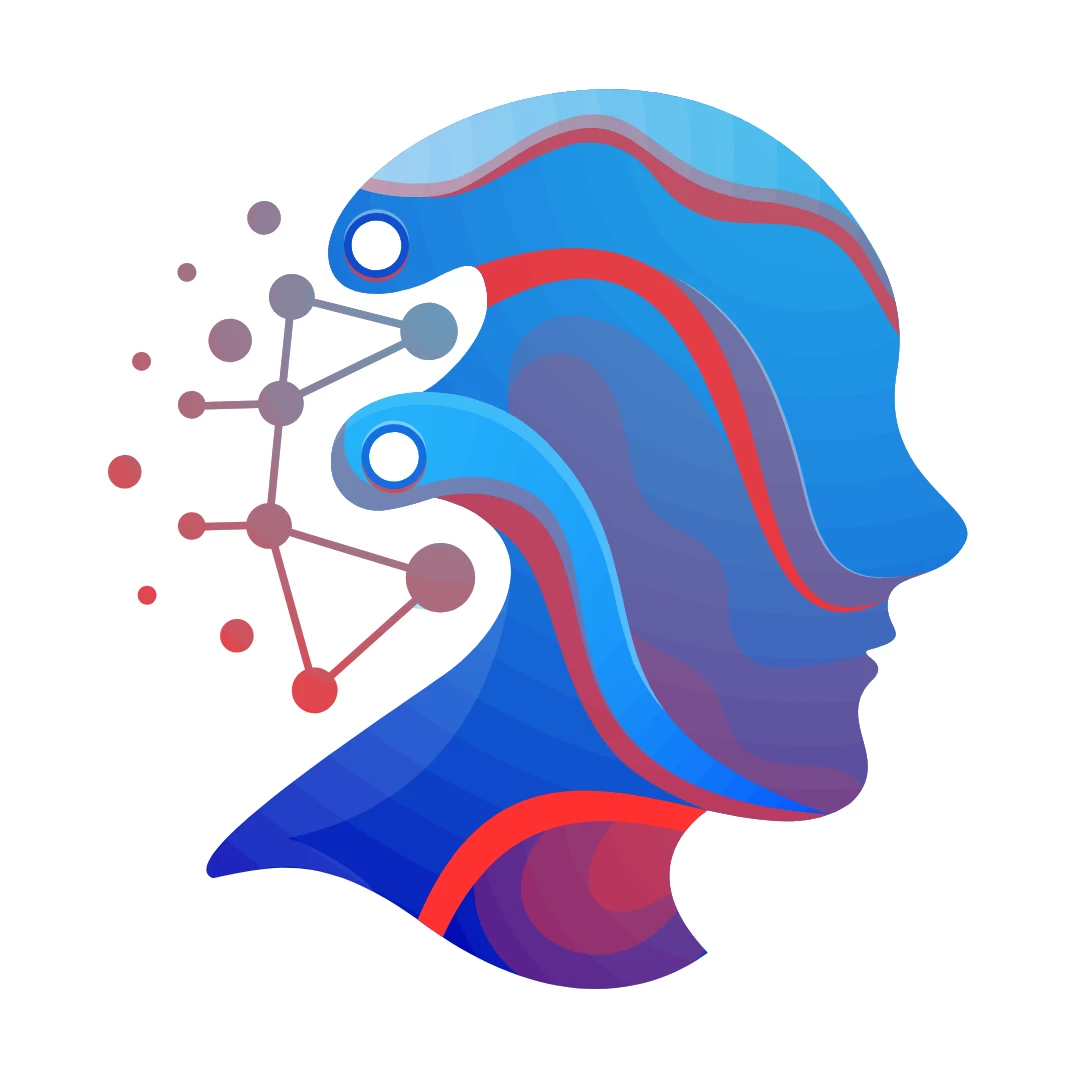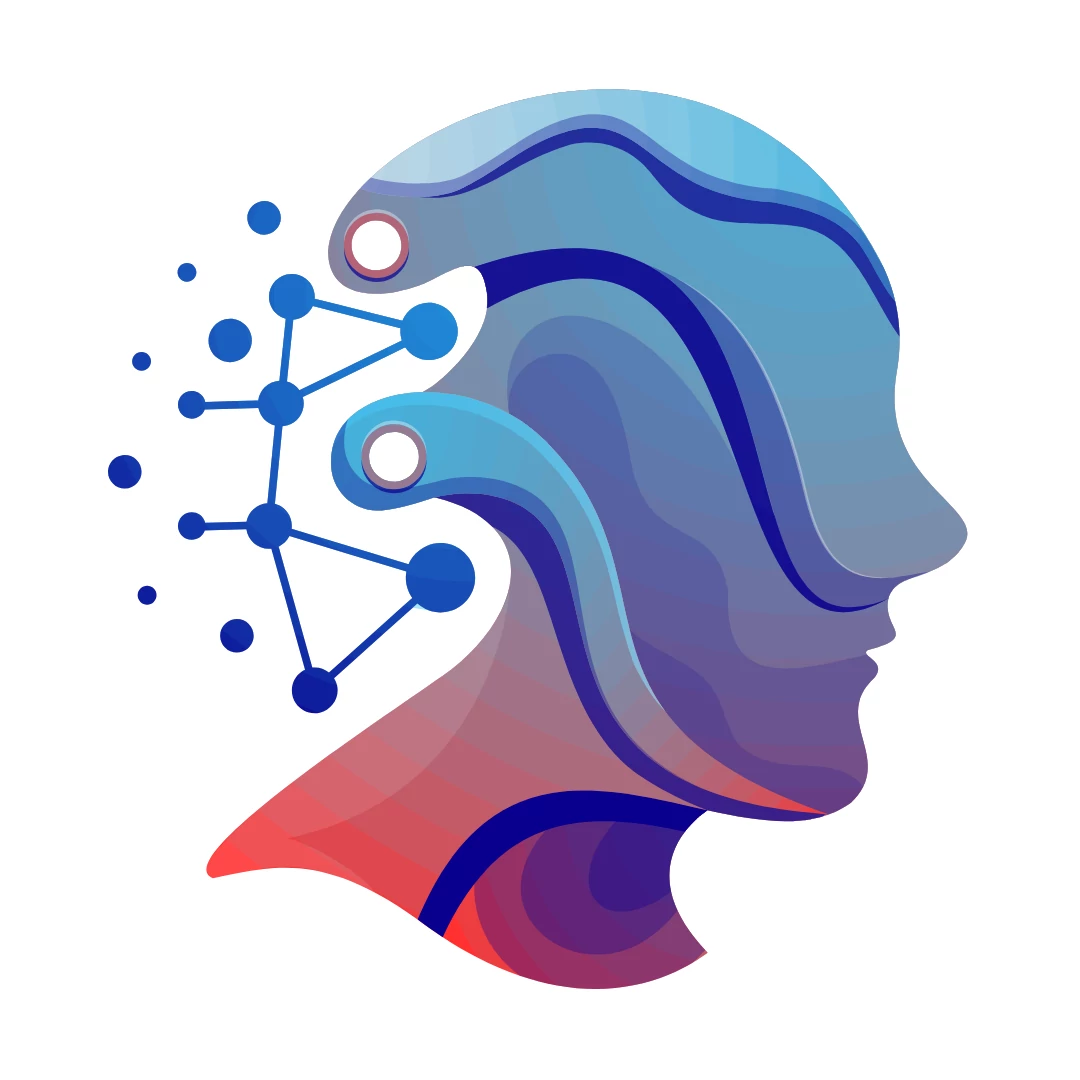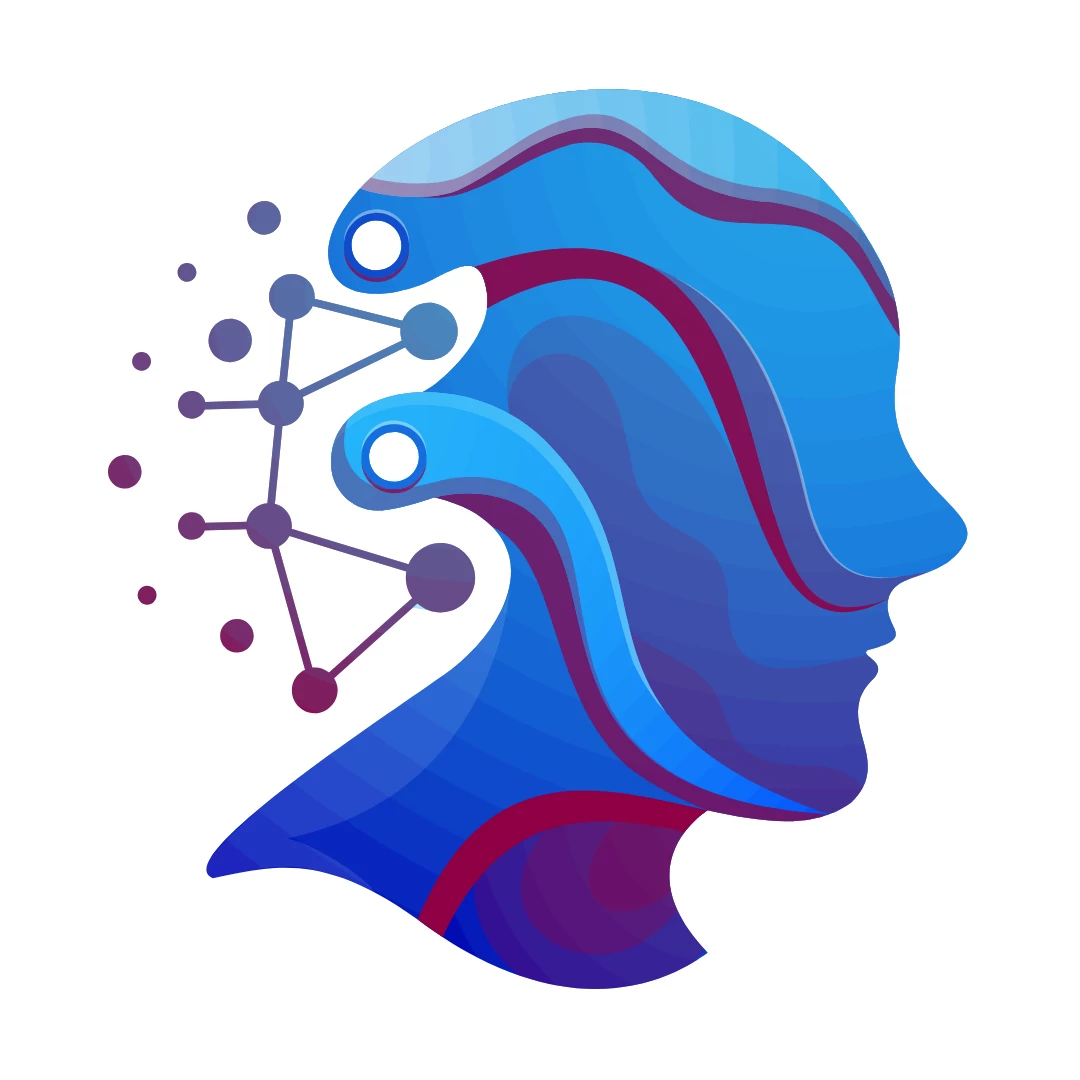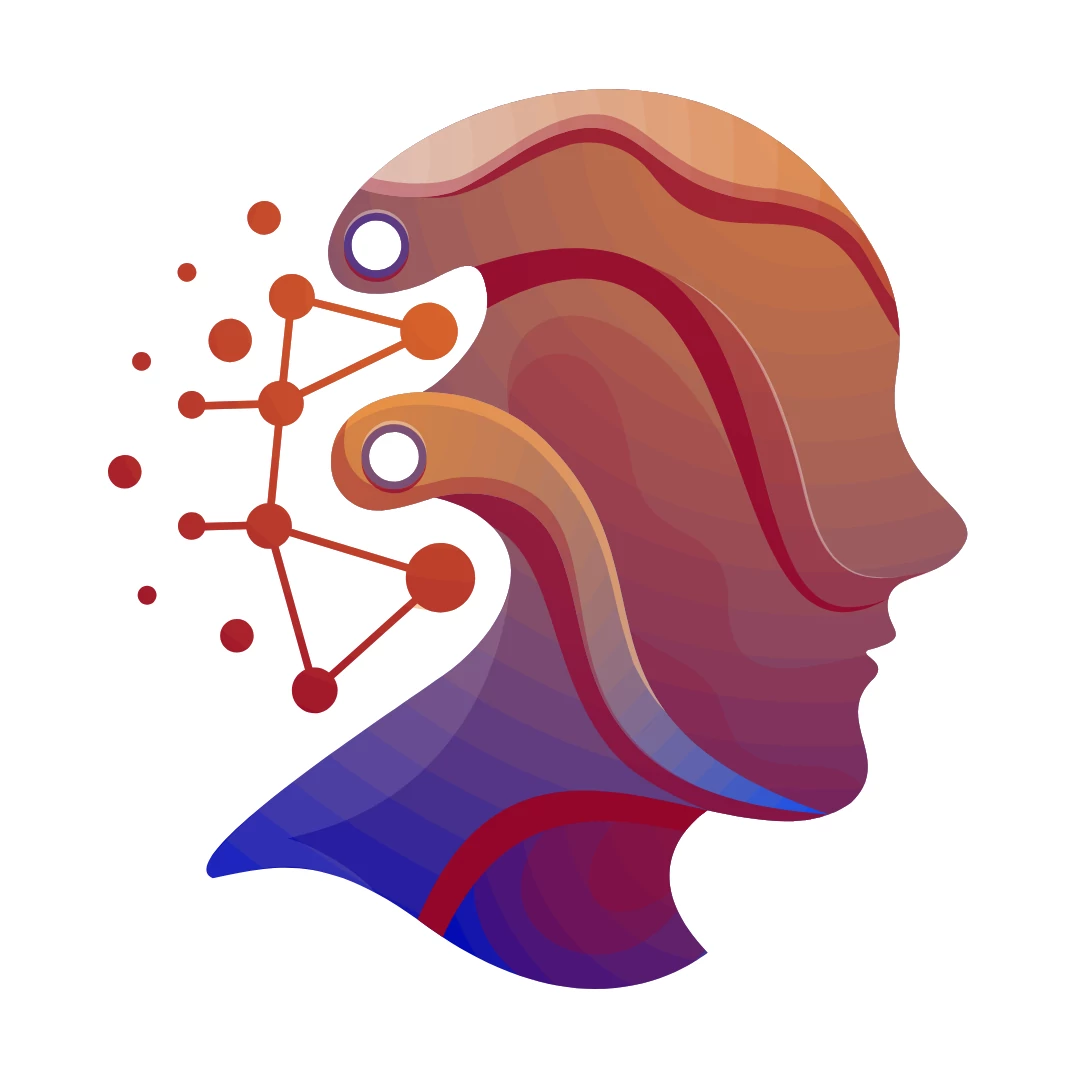Vibe coding is the emerging practice of generating software by describing ideas in plain language to an AI. Popularized by Andrej Karpathy in early 2025, it embraces the idea of “forgetting the code exists” and trusting the AI to deliver working results. The concept is compelling—skip manual syntax, debugging, and boilerplate, and let the machine do the heavy lifting. Yet while the appeal is obvious, the reality is far more complex. This article explores both the promises and pitfalls of vibe coding, and why traditional coding skills remain essential in the AI era.
The Attraction of Vibe Coding
Instead of typing every line, a developer (or even a non-programmer) can describe what they want, and models such as GPT-5 or Claude generate the implementation. Karpathy’s now-famous demo showed him building a web app by simply describing his intent, copy-pasting errors back into the AI, and accepting fixes. The speed and convenience are unmatched, turning the human into a “director” and the AI into the “implementer.”
This rapid workflow has been widely adopted. Startups boast that small teams can achieve the output of much larger ones. The term “vibe coding” even entered dictionaries in 2025 as a recognized trend. Advocates highlight several advantages:
- Rapid prototyping: Get a functional app in hours instead of weeks.
- Less repetitive work: AI handles boilerplate and framework setup.
- Accessibility: Non-programmers can build apps by describing their ideas.
- Productivity boost: Developers focus on architecture and vision rather than typing syntax.
Shortcuts Come at a Cost
Despite the appeal, vibe coding often produces “shoot-and-forget” code—snippets that work today but become unmanageable tomorrow. Karpathy himself noted that AI-generated projects quickly grew beyond his comprehension. Bugs were often resolved not through analysis but through repeated prompting until things “mostly worked.” This ad-hoc approach is acceptable for weekend hacks or prototypes but unsuitable for long-term systems.
Developers and industry voices warn that relying entirely on vibe coding can lead to fragile, undocumented, and inconsistent codebases. Without careful oversight, these systems become harder to debug, scale, or secure.
Debugging Without Understanding
One of the harshest realities is the difficulty of maintaining AI-written code. When developers skip comprehension, they lack the mental model needed for effective debugging later. Common issues include:
- Unusual or non-idiomatic code structures.
- Minimal documentation or unclear naming conventions.
- Patchwork “fixes” stacked over time, creating brittle systems.
- Neglect of edge cases and error handling.
This leads to what some call “vibe debugging”—struggling to fix code that feels alien, even to its original creator. The result: more time spent unraveling issues than was saved upfront.
Hidden Risks: Security and Reliability
Beyond maintainability, AI-generated code often contains security flaws. Studies show a large percentage of AI-written code is vulnerable to attacks like SQL injection or XSS. Without human review, these vulnerabilities may reach production unnoticed. Similarly, code that works fine in small demos may fail under real-world load, exposing weaknesses in scalability and reliability.
Traditional Skills Still Matter
Some argue vibe coding makes programming skills obsolete, but the opposite is true. AI changes how code is written, but not the need for human expertise. Developers still provide architecture, testing, debugging, and quality assurance. As one expert summarized, “AI handles the typing, but humans still handle the thinking.”
Skills that remain essential include:
- Code comprehension: Understanding what the AI produces.
- System design: Structuring projects for clarity and growth.
- Testing: Ensuring correctness and reliability.
- Debugging: Diagnosing and solving unexpected issues.
Putting Vibe Coding in Perspective
Vibe coding is best seen as a trade-off: speed and accessibility in exchange for reduced clarity and maintainability. It’s fantastic for personal scripts, prototypes, and low-stakes projects, but risky for production systems without rigorous review. Responsible developers can benefit from vibe coding, but only by combining it with traditional practices that ensure quality and security.
In short: vibe coding is a powerful tool, but not a magic solution. It accelerates development, but it cannot replace the fundamentals of software engineering. The vibes may build your demo—but it’s human skills that keep real software alive.















